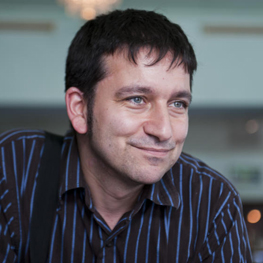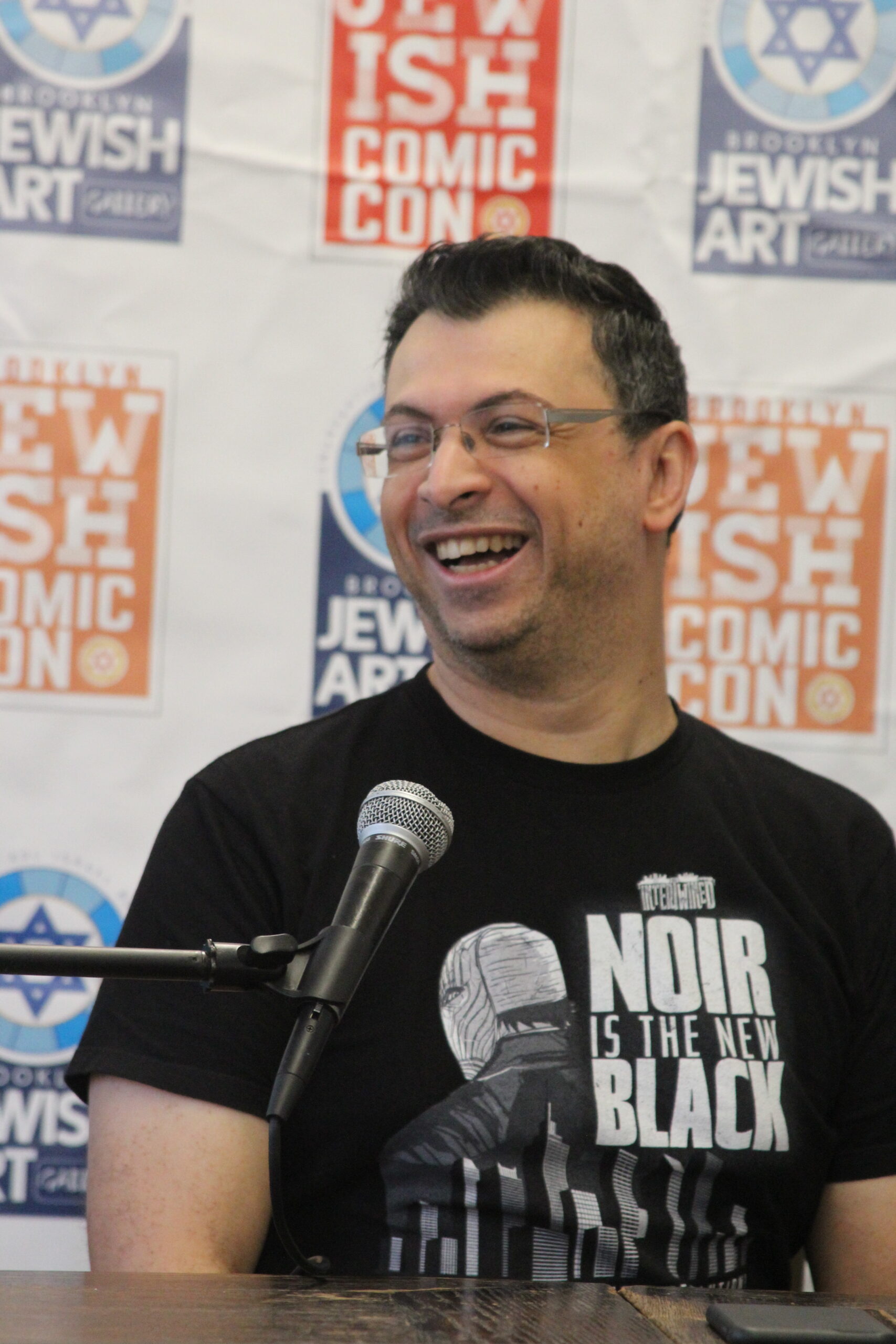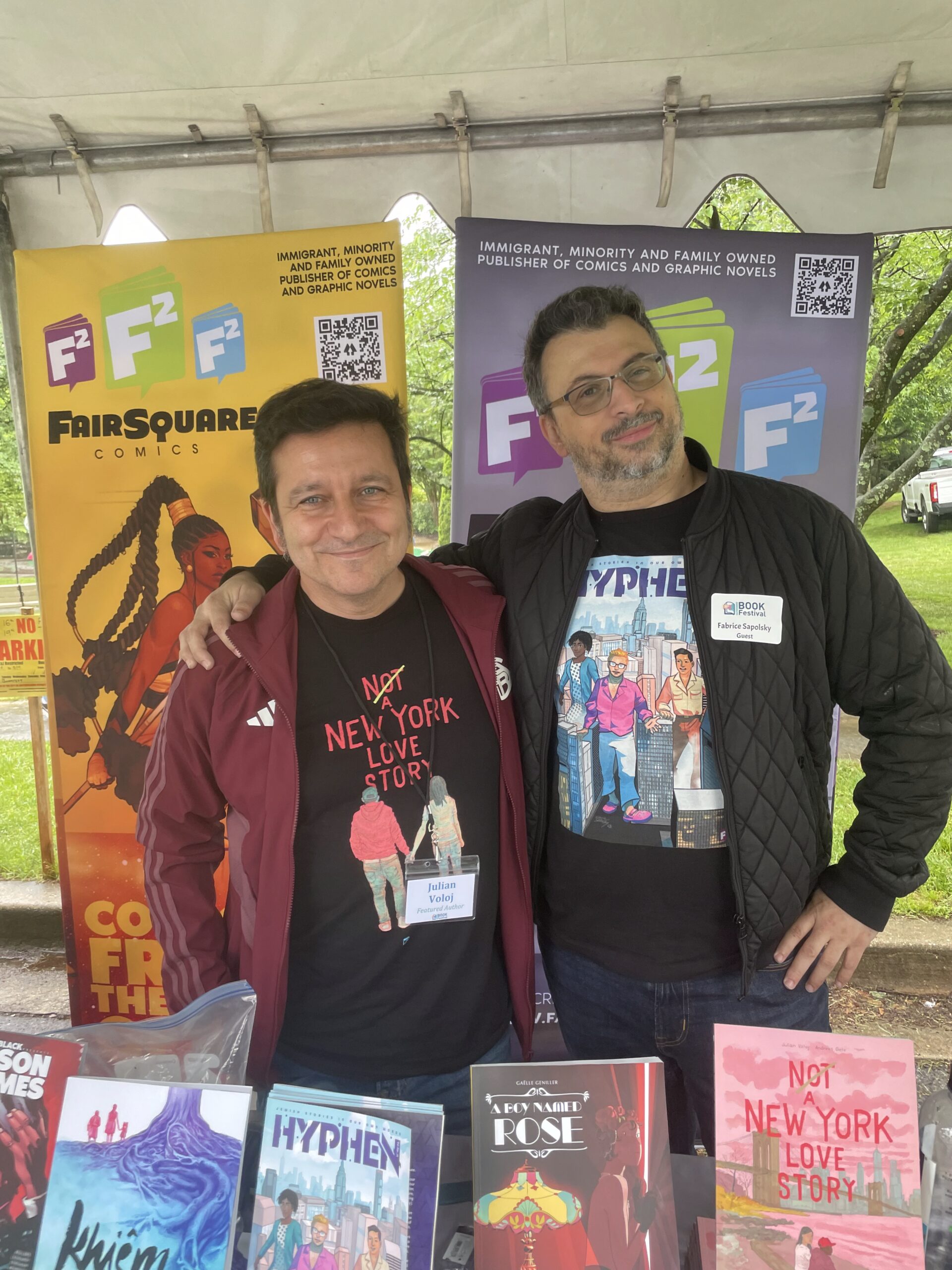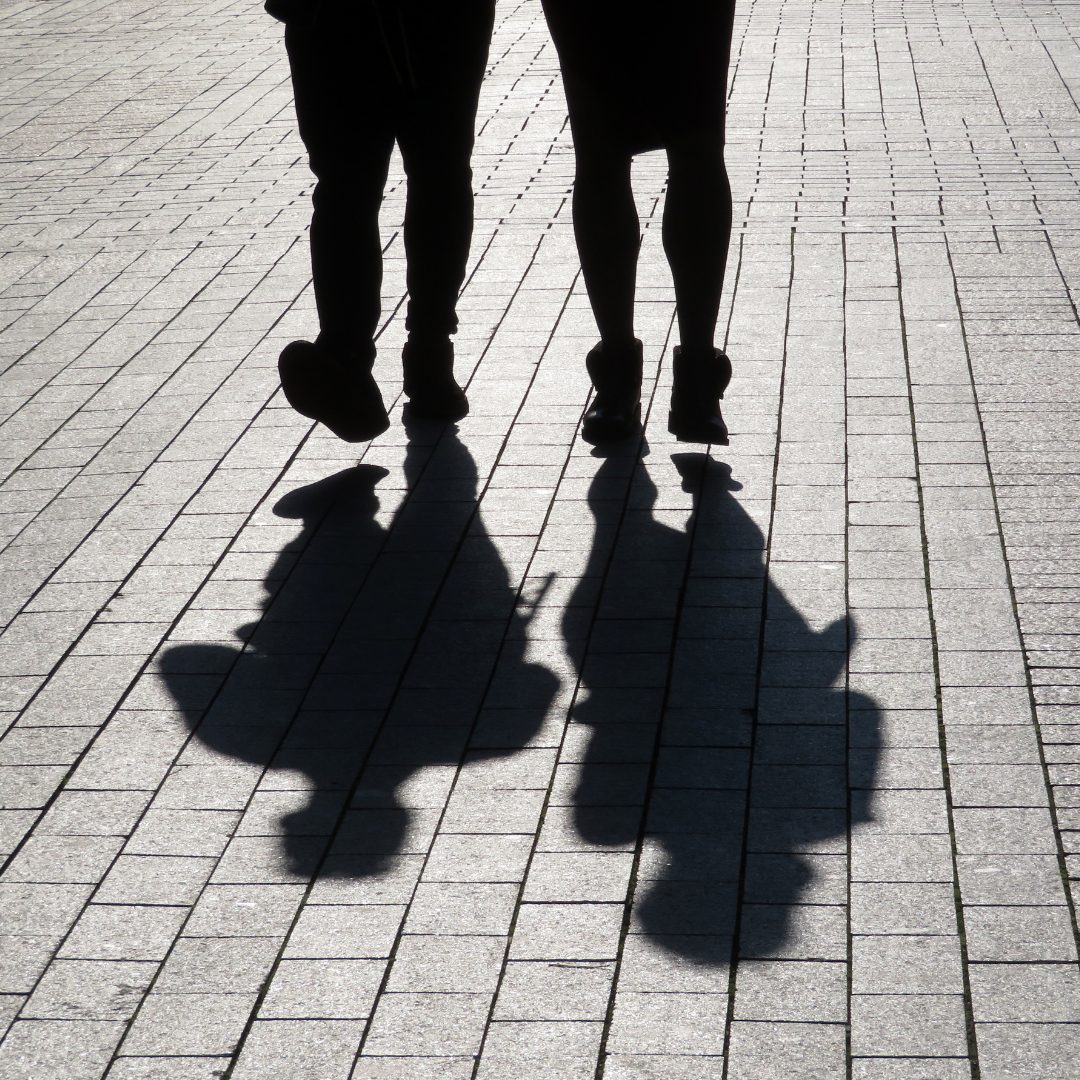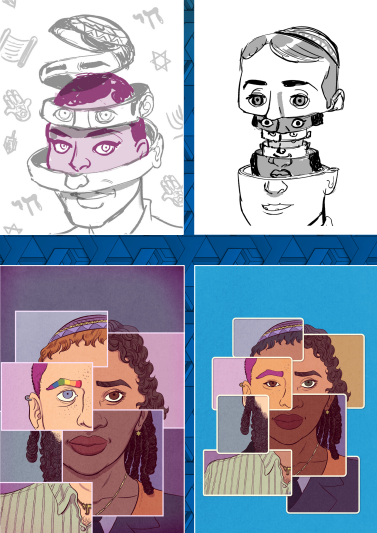Hyphen co-creators Fabrice Sapolsky and Julian Voloj have a lot in common. They come from diverse backgrounds, both grew up in Europe and are both immigrants to America, and they love comics. Here they tell a little about how the idea of “Hyphen” was born.
Julian: As a comic book fan, I love origin stories. So let’s start with some origin stories, the many stories that lead to this graphic novel anthology.
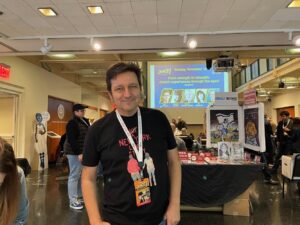 Fabrice: As I remember it, it was a meeting of the minds. I’ve been wanting to publish an anthology of Jewish diverse stories for as long as I started my company, FairSquare Graphics, in 2019. And, of course, I approached Julian about it who said he has been thinking about this kind of project as well. This is when we decided to join forces.
Fabrice: As I remember it, it was a meeting of the minds. I’ve been wanting to publish an anthology of Jewish diverse stories for as long as I started my company, FairSquare Graphics, in 2019. And, of course, I approached Julian about it who said he has been thinking about this kind of project as well. This is when we decided to join forces.
Julian: Be’chol Lashon started with a question: How diverse is North America’s Jewish community? Even though the first Jews who arrived here were Sephardic, when people think of Jews in North America, they primarily think of the descendants of Ashkenazi Jews who came here from Central and Eastern Europe. In 1999, the Institute of Jewish & Community Research (IJCR) conducted a study that found that American Jews were much more diverse than generally assumed with around 20% of American Jews being Mizrahi, Sephardi, Black, Asian and/or multicultural, reflecting both historic diversity as well as modern factors such as conversion, mixed-marriages and adoptions.
When the study was conducted, Jewish diversity was not a topic for the mainstream Jewish community. There were no resources, no support system for diverse Jews, and while the community wanted to be more welcoming, they lacked the know-how. Thus, Be’chol Lashon was created. Since the organization’s founding, Be’chol Lashon has a two-fold approach: Mentoring and elevating Jews of diverse backgrounds, helping them to tell their own stories and to create the needed resources, and educating the broader Jewish community and beyond about the multicultural heritage and experience of the Jewish people to create an overall more welcoming environment for all. This approach is pretty much the philosophy behind the creation of “Hyphen.”
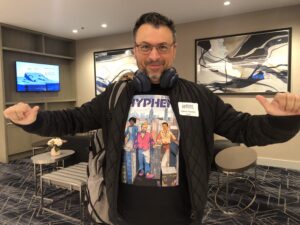 Fabrice: I was raised in France and my parents both come from opposite sides of the Jewish spectrum. My mom’s family comes from Algeria. They’re a mix of Sephardi and Amazigh and were traditional. On my dad’s side, they escaped pogroms at the turn of the century in what is now Ukraine and could reach France. But I also have Bulgarian/Romanian origins on my paternal grandmother’s side. They were very secular, but had to face the Shoah anyway. From a very early age, my parents sent me in the French Jewish Scout movement (EEIF). I was there from 9 to 25 years old and it has been instrumental during my formative years. At the movement, we had Jewish kids from all backgrounds. Our differences are our strengths too. I always say that Jews did not choose to be expelled from their homeland by the Romans, but we survived and created so much from it. We are diverse by design.
Fabrice: I was raised in France and my parents both come from opposite sides of the Jewish spectrum. My mom’s family comes from Algeria. They’re a mix of Sephardi and Amazigh and were traditional. On my dad’s side, they escaped pogroms at the turn of the century in what is now Ukraine and could reach France. But I also have Bulgarian/Romanian origins on my paternal grandmother’s side. They were very secular, but had to face the Shoah anyway. From a very early age, my parents sent me in the French Jewish Scout movement (EEIF). I was there from 9 to 25 years old and it has been instrumental during my formative years. At the movement, we had Jewish kids from all backgrounds. Our differences are our strengths too. I always say that Jews did not choose to be expelled from their homeland by the Romans, but we survived and created so much from it. We are diverse by design.
Julian: Coming from a diverse background myself, Jewish diversity is a topic I’ve been interested in for a long time. In 2005 I started a photography project on the diversity of New York’s Jewish community; in a way it was a “Jewish Humans of New York” long before there was Instagram and “Humans of New York.” One of the people I portrayed was Benjamin Melendez, a Puerto Rican former Bronx gang leader who had brokered a gang truce that in its aftermath allowed the emergence of hip hop, and being a descendent of Crypto Jews, later reclaimed his own Jewish identity. We became close friends, and what started with one photograph became my debut graphic novel “Ghetto Brother,” which not only ended up being praised by Junot Diaz in the New York Times as one of the best books of the year, but was also published in six languages.
Be’chol Lashon had first reached out to me when I did my photography series, and, enthusiastic about my graphic novel, asked me to join their speakers bureau. A few years later I even joined the staff. In a way, with the publication of “Hyphen” my involvement with Be’chol Lashon, which really started with my artistic interest in diverse Jewish stories and a graphic novel, now comes full circle.
In 2016, at the first Jewish Comic Con, I met Fabrice, whose brainchild the convention was, and we for the first time discussed the need for more diverse Jewish comics. I helped organize the second Jewish Comic Con, and although the idea of doing something like “Hyphen” was marinating in my head, the timing wasn’t right. Fabrice had moved to LA and the Jewish Comic Con did not continue. Then, Fabrice reached out with the news that he was not only returning to New York, but also working on a new concept for a Jewish comic convention, the Jewish Comic Experience (JewCE), held at the Center for Jewish History. For this, we revisited the idea of an anthology and “Hyphen” was finally born.
 Fabrice: That’s right. I want to give a shoutout to Fred Polaniecki, who trusted and joined me in putting together the Brooklyn Jewish Comic Cons in 2016 and 2018, and to Miriam Mora, who was my partner in crime in building JewCE. These two events, as well as the creation of FairSquare Graphics of course, really paved the way for Hyphen to exist.
Fabrice: That’s right. I want to give a shoutout to Fred Polaniecki, who trusted and joined me in putting together the Brooklyn Jewish Comic Cons in 2016 and 2018, and to Miriam Mora, who was my partner in crime in building JewCE. These two events, as well as the creation of FairSquare Graphics of course, really paved the way for Hyphen to exist.
Julian: Working with each individual storyteller to find the authentic voice, we now have 12 deeply personal real-life stories of diverse Jews, from ancient traditions to modern journeys, each story reflects the true diversity of the Jewish experience. It’s been a long journey to bring Hyphen to life, but we can be proud of the book.
Fabrice: I feel we’ve barely scratched the surface of what Hyphen could be, though. Hyphen is a positive project. It’s meant to inform and educate while fighting prejudice and de-humanization of our people. We hope you will enjoy reading those stories.
Note: This is an edited version of their conversation. A longer version is included in the graphic novel anthology.


